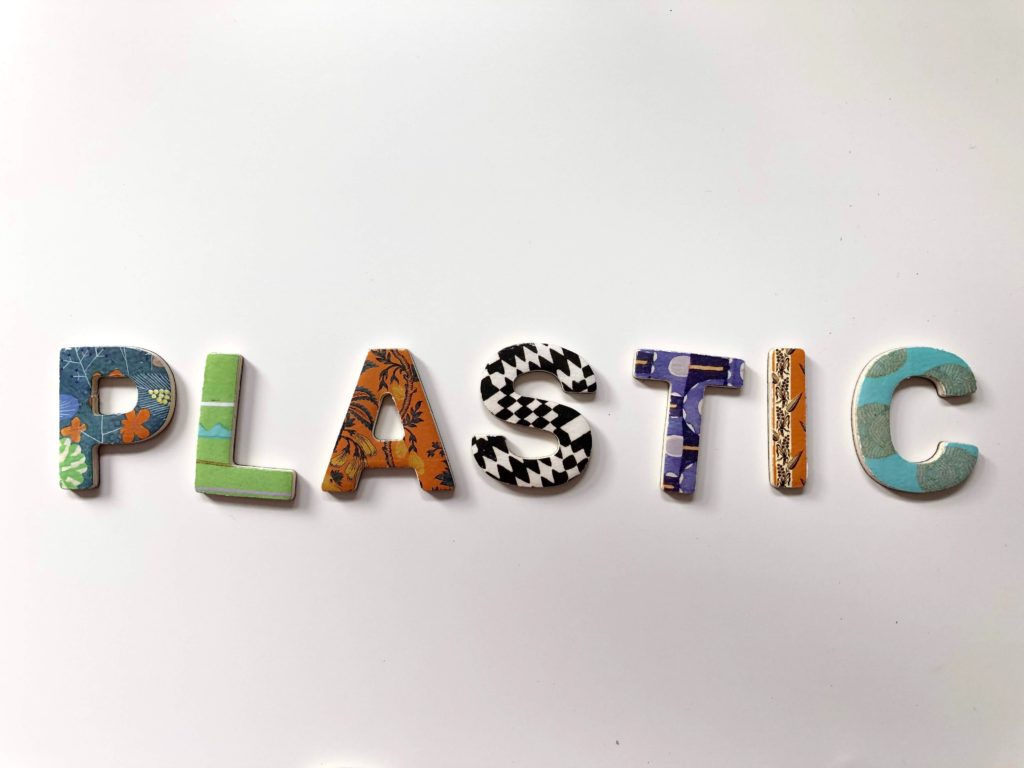We know that there is far too much plastic floating in our oceans—but did you know that microplastics have also made their way on to our plates and into our bodies?
A recent, small study including people from several regions across Europe and Japan confirmed that every participant had ingested microplastics during the course of the study. Researchers discovered that the participants had ingested nine different types of plastics, but two types—polystyrene and polyethylene—were the most common. Polystyrene is found in plastic cups, utensils, and coolers, while polyethylene is found in plastic bags. These two kinds of plastic made up 95% of the microplastics found in the participants’ digestive systems. This is the first study examining microplastics in humans; last year, another study detected microplastics in 83% of tap water samples around the world (the highest contamination was in the U.S., where 94% of samples were plastic-containing). Another recent study found that 90% of table salt around the world contain microplastics.

Scientists admit that there is much more research needed to determine the effects of microplastics on human health, but the preliminary studies certainly aren’t showing anything positive. In petri dish studies, phthalates–a chemical used to make plastics more flexible–was shown to increase the growth of breast cancer cells. In studies on mice, researchers discovered that microplastics could accumulate in their livers, kidneys, and intestines, increasing oxidative stress levels and potentially passing through to the bloodstream and other organs. Other animal studies have also shown that consuming microplastics can inflame the stomach and intestinal tract. Test tube studies have also shown that breathing in microplastics can cause inflammation in the lungs.
Bisphenol A (BPA) is one of the best studied chemicals found in plastic. BPAs are everywhere from plastic food packaging to storage containers, which is why it can leech into food so easily. BPAs can disrupt the human endocrine system by mimicking estrogen in the body, leading to higher risks of cancer, heart disease, and even neurological problems for both women and men.
While it’s clear that scientists will have to conduct more research to find out the exact level of risk that microplastics pose to our health, taking steps to avoid them certainly doesn’t hurt. Unfortunately, it’s impossible to avoid microplastics altogether, but there are definitely steps you can take to reduce your exposure.
Start by eating lower on the food chain—if you’re not already vegan, this is just one more good reason to ditch animal products! Studies show that fish, shellfish, and meat from land animals contain the highest levels of microplastics. Gardein “fish fillets” and Beyond Burgers never looked so good! Microplastics can also be found in honey, so switching to agave or maple syrup for your sweetener of choice might also be a good idea.
Unfortunately, microplastics have also been found in leafy greens imported from China, and there’s a chance they could be present in greens grown by conventional American farmers, too. This is because some farms coat their greens with phthalates to protect them from sun damage. Choose organic greens, shop at your local farmer’s market where you can ask questions about the growing process, or try growing your own instead.
Water from plastic bottles are another major sources of microplastics that we consume. If you haven’t already picked up a reusable, stainless steel water bottle, make it a priority! It will even be cheaper in the long run. While you’re at it, you can also grab a few reusable straws made of steel or glass.
If you’re concerned about microplastics leaching into your food, it’s time to make your kitchen a bit more sustainable. You can purchase sets of glass food storage containers for your leftovers and ceramic and glass bowls for your meals. Bring reusable totes and produce bags with you while grocery shopping instead of using plastic produce bags. It can be tough to avoid buying food that is already packaged with plastic, but this could be some motivation to spend a little extra time cooking. Instead of buying hummus packaged in plastic, could you purchase some chickpeas, tahini, and olive oil in reusable bulk containers, add a little lemon juice, and make your own? You could buy bread wrapped only in paper from your local bakery, or even bake your own bread.
It’s painful to see the ways that we have damaged our environment by relying on single-use plastics for convenience, and the fact that microplastics have made their way into our food chain is certainly cause for concern. As consumers, we can definitely reduce our use of plastics, but we also have to hold corporations accountable and pressure them to take responsibility for their plastic waste. With so many sustainable alternatives to single-use plastics available, why not write to some of your favorite brands and see what they’re doing to reduce plastic waste? And with the midterm elections coming up in America, we have the opportunity to vote for leaders who are fighting for a greener future. Look, no one wants to have their dinner with a side of microplastics—we all need to work together to stop the overuse of plastic.
Do you take measures to protect yourself against microplastics?
Also by Jane: Why Are We Not Talking About Reproductive Rights As A Climate Change Strategy?
Related: The Economist Says Reusable Totes Are Worse Than Plastic Bags. Why This Is Wrong
Get more like this—Subscribe to our daily inspirational newsletter for exclusive content!
__
Photo: Unsplash




